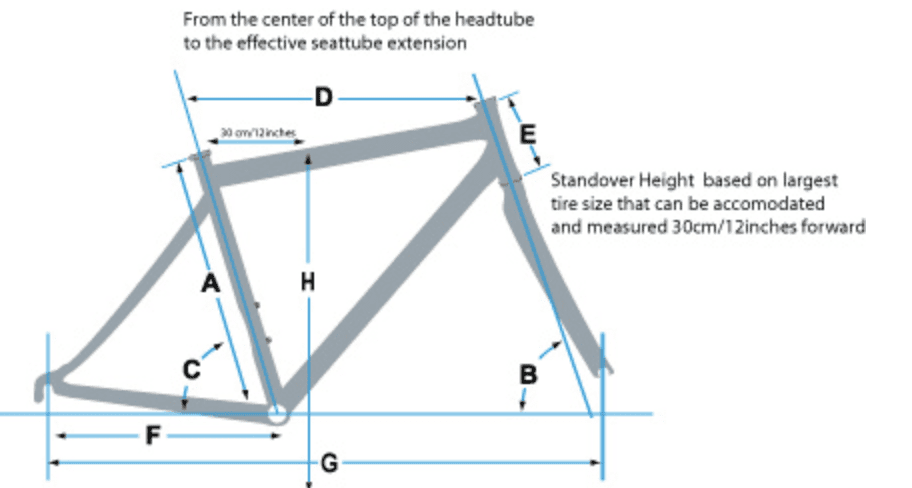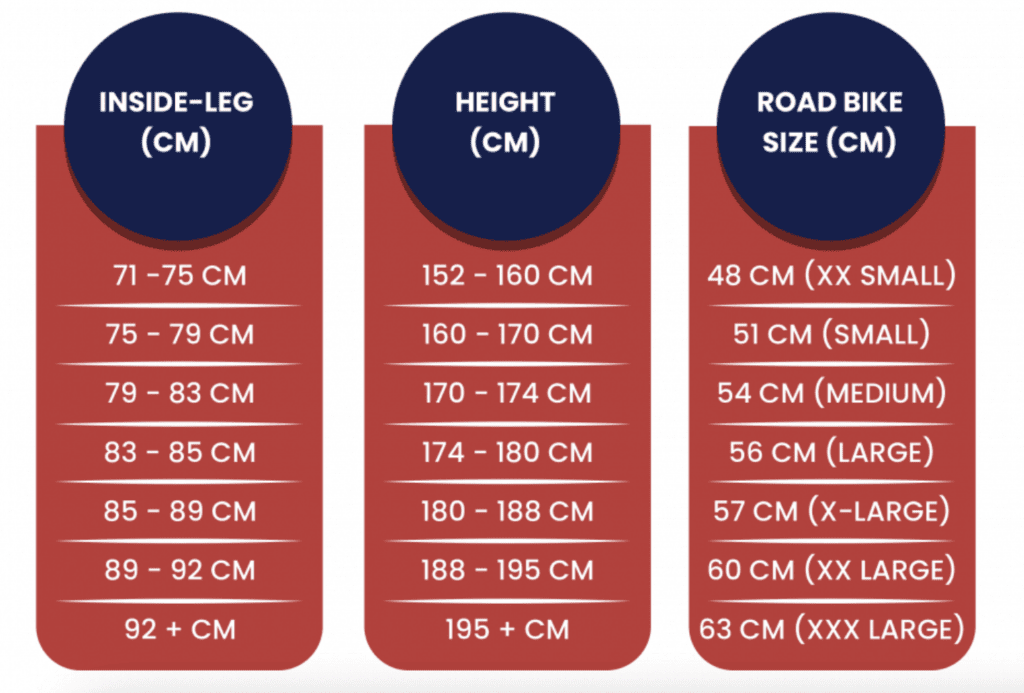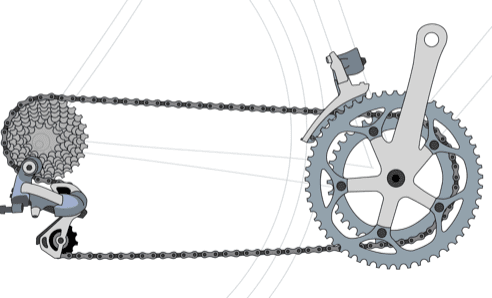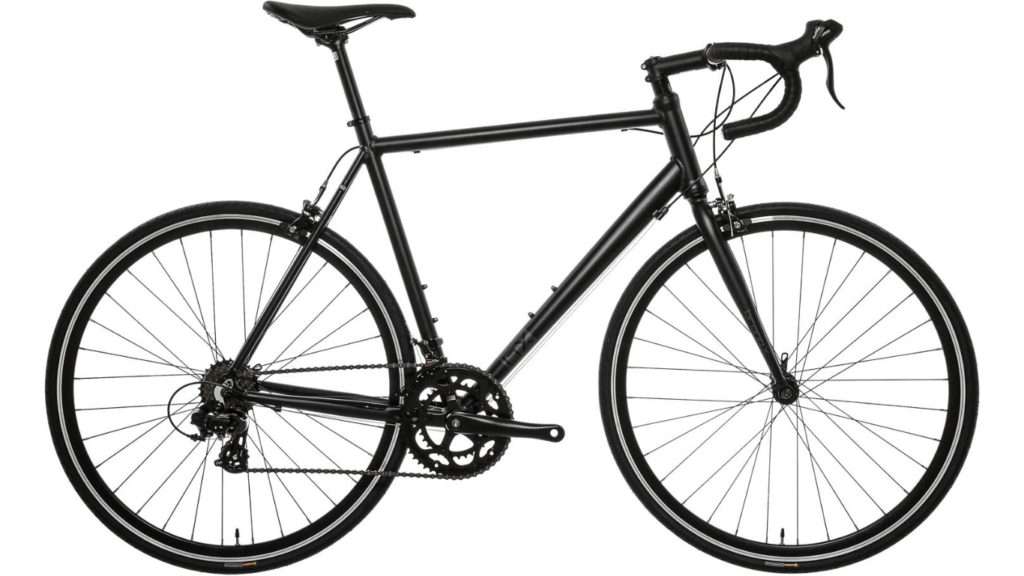With the growing popularity of road bike cycling across the demographics I thought a generic road bike selection post would be helpful.
The focus is on road bikes rather than hybrid, mountain, dutch, aero or triathlon bikes. Road bikes are those with drop handle bars. I am leaving out the trending gravel bike with drop bars popularity for the time being.
Health, commuting and the environment
For road bike the focus is on fitness followed by recreation with commuting now an established feature. Road bikes are lighter and faster and has helped push it into the commuting space.
In essence it is the pull of building your fitness and overall health while commuting that has gained popularity. Plus being competitive and adventurous during weekends.
There is also environment and we needing to do our part. Towns and cities are increasingly designed to handle non-motorised traffic and it is no accident. There is a general desire to head in this direction by society and hence bikes have come back in favour.
Affordability
When I wrote “across demographics” in my opening sentence, it is not a convenient turn of phrase. It is rather an apt description. It cuts across gender, age and income bands.
The primary reason is the affordability of owning a decent road bike by anyone. These bikes can perform well with little correlation to component and equipment price. And don’t let anyone tell you otherwise. There is also second hand market to look at.
The exception is serious race competition when low equipment weight is a key factor. These involve expensive engineering designs and high end materials. That gap however is narrowing as more and more manufacturers have the expertise to do it at more affordable prices. So lets begin with the key tenets of road bike selection
Frame geometry

Frame geometry is the most important part of road bike selection. If you get it right, it’s years of pleasure and good health.
Road bikes do not have much leeway compared to other types of bike hence the importance of getting the geometry right.
Nearly all manufactures show detailed frame geometry on their website. It may seem daunting at first but is easy to pick up if you are prepared to be patient and read thru. Even if you are new to bikes. Here is link on bike geometry that is helpful.
Dealers and manufacturers also make it easier for entry level customers by classifying bike geometry as race or endurance to help selection. There are also other types such as aero, all rounders etc but the first 2 are common for road bikes.
Lets look at the 2 main geometries – race and endurance with some variations in between. Race geometry is more aggressive in terms of riding posture. The upper body when riding is closer to horizontal, the head held low and speed is the driving factor.
Endurance models are far more relaxed. They have a longer head tube and meant for longer distance. It appeals to those who prefer to watch the World go by as they cycle as they hold their head higher. It does not mean they are less competitive. Audax and Sportive are 2 versions of competitions for endurance bike owners and popular in Europe. They involve long distances.
Bike size

Frame size is the second most important. Again manufacturers do provide sizing guides. Do follow them carefully. Do remember there are variations within bike brands.
I found that height and inseam are the 2 key measurements to get the right size. One important factor is to take the smaller size if you are between bikes sizes. Do not take the bigger size.
Watch UniSA cyclists take to the roads of Adelaide in their training runs and note their bike size. It seems smaller and they should know. Here is a link to size guide for road bikes.
Size guides do differ for hybrid, mountain and other types of bikes even for the same brand. Do make sure that size guides are particular for that brand and for the type of bike model that you are buying.
Bike fit
Geometry and size done, the last stage is bike setup. This is done after you purchased the bike. Some stores can do it at their location. Or you can get a bike fit technician to do it. A full fit out will cost a fee. Most however will do the basic set up such as seat adjustment. Here is a link to a guide.
The main component is the seat where height and position are set up to ensure comfort and pedalling efficiency. Seat height is obvious as your legs need to be in the right position on the pedal to maximise output per stroke and not to damage your knees in the long run. Seat position is either more forward or backward so you can reach the bars comfortably. The seat position over the cranks is also important.
2 other components that play a part are the crank size It typically comes in 3 sizes 170cm, 172.5 cm and 175cm. The average individual on a height basis will pick mid-size 172.5cm.
The other component is stem length and height. Most bikes come with mid or common sizes. Those with longer or shorter arms in proportion to the average body may have to get a shorter or longer stem.
Seat height and position however remains the most important to get right for the average person.
There are also numerous YouTube clips that can help with bike fit. With a friend to assist or you set up your camera phone to see how your body lines up when you are on the bike. Do a few short rides to test it out followed by tweaks if necessary.
Now you can visit the bike shop
Visiting a bike shop can be daunting for someone not familiar with bikes. Now that you have an understanding of road bike selection you can step into a store and view with confidence.
Bike shops do not carry the full range except for common sizes or just one size for display for a particular model. With an understanding of geometry and size you won’t make the mistake getting the wrong model even if the sales person is persuasive.
Remember you cannot compromise on a road bike unlike other general bike types.
What else you need to get right
Geometry, size and bike fit are important not only to have a comfortable and efficient ride it is also to avoid long term medical issues such a knee and back pain.
As I drive or ride in Adelaide or in other cities I do see cyclists with the wrong setup. The single biggest issue is the height of the seatpost. So it is not uncommon.
Cambridge turned out to be the city with the most sightings of wrong seatpost height. As they are generally students and need a bike to get around the vast campus, many are not aware and just want to get from point A to B.
Possibly a second hand buy when they first joined the university and never made any adjustments after the purchase.
Getting the the drive-train or groupset

This has nothing to do with size and fit. It more to do with efficient power transfer. The three biggest players in this component category are Japanese Shimano which holds the largest share followed by American SRAM and Italian Campagnolo. Both Shimano and Campagnolo have a long and rich history while SRAM though short in tenure have shown equally good engineering. All three are reputable brands. Their range is also wide.
If you buy a mid-range priced bike from AUD 3,500 and up and to do justice to your investment, the minimum models to go for are Shimano 105, SRAM Rival and Campagnolo Veloce. These are the start of the performance range. The difference between these and the lower models are chalk and cheese. It’s worth every penny.
Do know that there are variations within groupsets in every model to accommodate various needs. Cassette sizes, crank size and crank configuration such as compact, double and triple rings. The general trend is compact cranks with 2 chain rings.
Adelaide is hilly and Adelaide Hills are beautiful for cycling including our Norton Summit. Try to get a cassette that is at least 11-32 or 11-34. The 32 or 34 cogs or higher helps climbing easier. In the past 11-28 was the stock configuration for road bikes.
Things that I have left out
I have mentioned what is needed for an entry level and intermediate road bike enthusiasts to consider in selecting a road bike.
I would consider what I covered thus far in this post as the main building blocks. Any changes or additions will make things even better. Things like wheels, bottom brackets, brakes etc come to mind. Brakes are important and both rim and disc brakes are just as good for road bikes so I did not go into details. The general trend is towards disc brakes.
In conclusion
When I first started on my road bike journey, I was only aware of size. I did not realise road bike selection covered geometry and bike fit. It was not a problem for mountain and hybrid bikes which are designed for a relaxed posture and for the casual riding public.
If you get road bike selection right, next is the drive train or groupset model selection. Do take any of the minimum recommended models from any of the 3 well known brands for groupsets. Get these right and the rest are minor changes and tweaks as you become comfortable riding it and know your bike better.
I hope you find riding a road bike for fitness, to commute or just for recreational a pleasure. There is also the part of contributing to planet earth in a small way.
Don’t get rid of the car though, there is a place for everything and we must all learn to use them appropriately.

Pingback: Road bike frames, myths and reality | Adelaide wide open
Pingback: Bike computers and cycling apps - Adelaide wide open